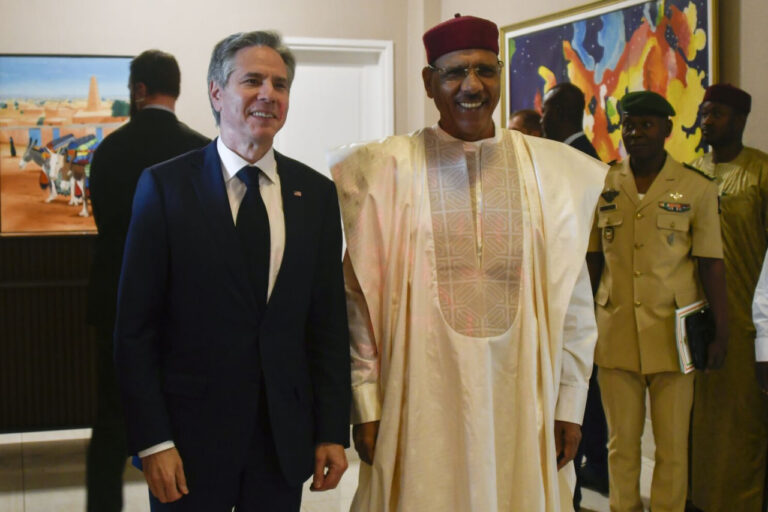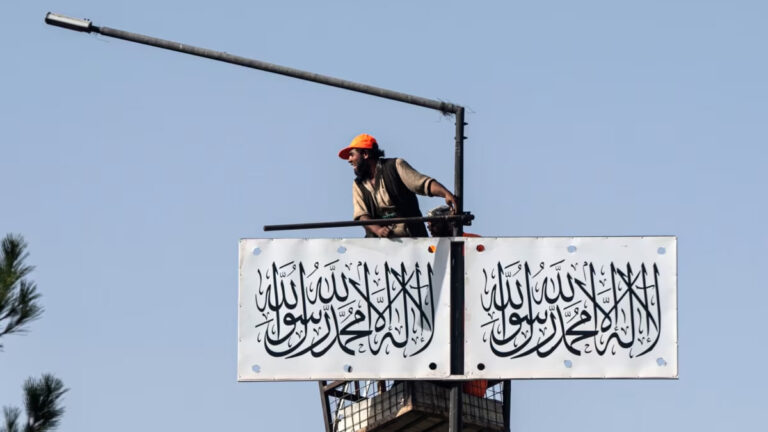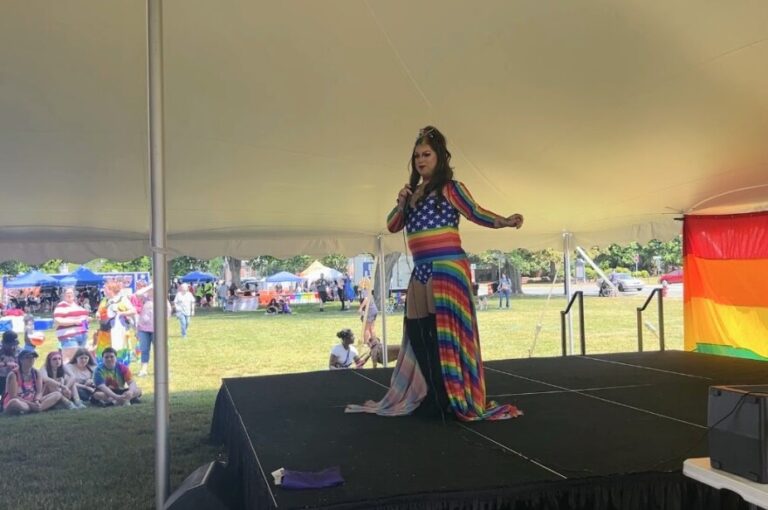FORT SHAFTER, Hawaii — Leaders, scientists and engineers from the Mekong region and the United States are joining together to address increasing challenges over water security and river management.
Preparations are underway in Hawaii and California for next week’s arrival of a high-level Mekong River Commission (MRC-Mekong) delegation, which heads to the United States as part of the annual Sister Rivers Partnership Exchange program. Sponsored by the U.S. State Department and the U.S. Army Corps of Engineers (USACE), the MRC-Mekong delegates are scheduled to meet with the Mississippi River Commission (MRC-USA) to exchange best practices on water and river management. The two commissions will be joined by a third water commission, the International Water and Boundary Commission (IBWC) to learn about how the U.S. and Mexico cooperate on transboundary issues on their shared rivers.
From the MRC-Mekong side, the August 14–18 exchange will include discussions on the five most “troubling” trends currently facing the Mekong River Basin: changing flow regime, sediment flow, salinity intrusion, plastic pollution, and flood and drought exacerbated by climate change. The USACE Pacific Ocean Division (POD) Commanding General, Brig. Gen. Kirk E. Gibbs, will welcome the MRC-Mekong delegation to California, where they will visit the NASA Jet Propulsion Lab, Castaic Pump Storage Power Plant, University of California San Diego’s Scripps Institution of Oceanography, Prado Dam, and an international wastewater treatment plant.
“We’re eager to share the innovative ways that we use infrastructure and cutting edge technology in the U.S. to help monitor water, assess climate impacts, and forecast flooding,” says Gibbs. “While the specific nature of our challenges may differ, we share a common goal: the sustainable management and development of water resources. This enhances stability in the region and supports an economically prosperous, socially just, environmentally sound and climate resilient Mekong River Basin.”
Embracing this multilateral exchange is the CEO of Mekong River Commission Secretariat, Dr. Anoulak Kittikhoun, together with the “Heads of Delegation” and Joint Committee members from Cambodia, Lao PDR, Thailand, and Viet Nam.
“Experience is the best teacher, and we learn more how to tackle our own challenges as we go along – what works and what doesn’t,” says Kittikhoun. “But through partnerships like this with the Mississippi River Commission and USACE, we also benefit by learning from their experiences and expertise.”
Brig. Gen. Kimberly Peeples, the MRC-USA president and USACE Mississippi Valley Division commanding general, emphasized the importance of international collaboration to address shared challenges.
“Water is a universal necessity. With climate change, how we manage this essential resource must adapt to existing and new water related challenges,” says Peeples. “This partnership is a forum to do just that: collaborate and share our knowledge, our best practices and mistakes, so we can work together to meet these challenges head on. At the same time, enhance capabilities of impacted communities in both the Mississippi and Mekong delta regions.”
The imminent Sister Rivers Partnership Exchange will also include Dr. Maria-Elena Giner, the U.S. commissioner for the IBWC, and Commissioner Adriana Reséndez of Mexico’s Comision Internacional de Limites y Agua (CILA). They will share how the U.S. and Mexico cooperate on water, energy, climate change, and mutual challenges along the U.S.-Mexico border.
The Sister Rivers Partnership was launched in 2010 to formalize collaboration in water resource management; the exchange program accomplishes this through its promotion of international collaboration, technical exchanges, and sharing of best practices, which enhances transboundary river governance, disaster risk mitigation, and sustainable development – all aimed to promote stability and prosperity.
After a two-year hiatus due to COVID restrictions on travel, the exchange program resumed last July, when an MRC-USA delegation visited with their Mekong counterparts in Lao PDR and Cambodia. During that exchange, the two commissions also renewed their five-year Memorandum of Understanding, which covers 11 areas of cooperation related to water resources management.
About the Mekong River Commission: The MRC-Mekong is an intergovernmental organization established in 1995 to boost regional dialogue and cooperation in the Lower Mekong River Basin. Based on the Mekong Agreement among Cambodia, Lao PDR, Thailand and Viet Nam, the MRC-Mekong serves as both a regional platform for water diplomacy and a knowledge hub – to manage water resources and support sustainable development of the region.
About the Mississippi River Commission: The MRC-USA was established by an Act of Congress on June 28, 1879. The MRC-USA provides water resources engineering direction and policy advice to the Administration, Congress and the Army in a drainage basin that covers 41 percent of the U.S. and parts of two Canadian provinces by overseeing the planning and reporting on the improvements on the Mississippi River. The intent behind the mission of the MRC-USA today is the same as the mission placed on the commission upon its creation—to lead sustainable management and development of water related resources for the nation’s benefit and the people’s well-being.
About the Pacific Ocean Division: The U.S. Army Corps of Engineers Pacific Ocean Division has a highly diverse workforce of over 1,600 military, civilian and local national team members. The POD mission includes engineering design, construction and real estate management for the Army in Hawaii, Army and Air Force in Alaska, and for all Department of Defense Services and Agencies in Japan, the Republic of Korea, and Kwajalein Atoll, Marshall Islands. The Division also administers the Corps’ federal water resource development program and waters and wetlands regulatory programs in Alaska, Hawaii, American Samoa, Guam, and the Commonwealth of the Northern Mariana Islands. The POD program includes the multi-year $10.7 billion Korea Transformation Program and the $15.8 billion U.S. Japan Defense Policy Review Initiative. POD also supports U.S Indo-Pacific Command’s and U.S. Army Pacific’s Theater Security Cooperation strategies, Humanitarian Assistance/Disaster Response (HA/DR) Program, and Civil-Military Emergency Preparedness with projects throughout the Indo-Asia Pacific region.
Source: Dvids Hub







